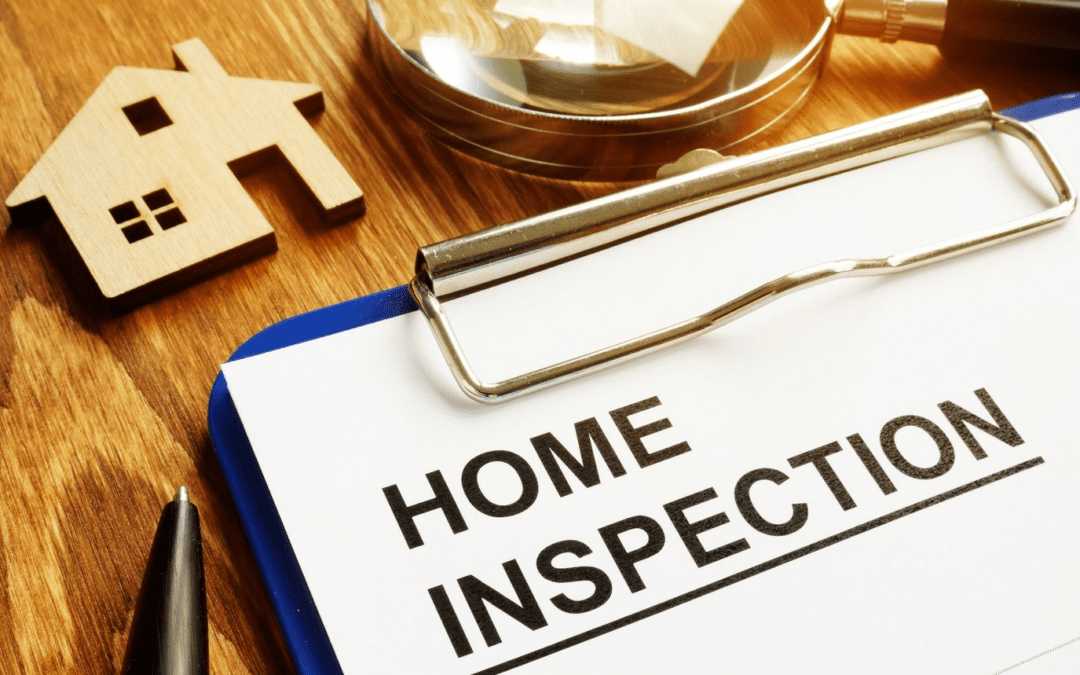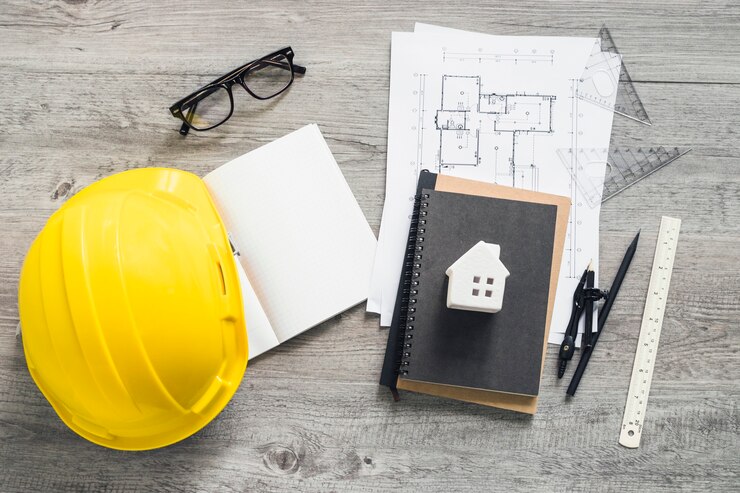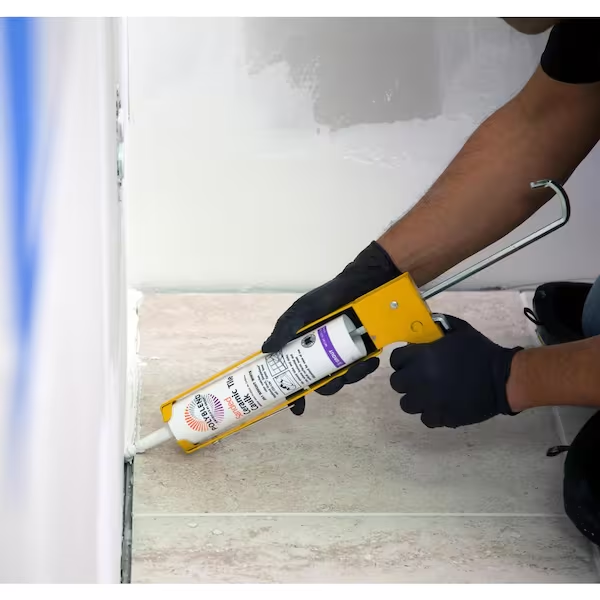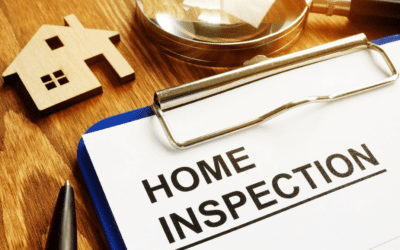Today, we are addressing a topic that has received little attention but is important to understand. You might have come across the term “Appraisal” if you have ever been through the 203(k) loan process. What exactly is this appraisal, and why is it so important?
In simple terms, an appraisal involves figuring out the true worth of a property. It is the starting point for your loan adventure. Why does it matter? Well, the amount of money your lender is willing to lend you depends heavily on this property value. Therefore, you need to understand how determining property value in Philadelphia works. This is precisely the topic we will be exploring in this article. If you are interested in applying for a 203(k) loan, this information is a must-know. So, let’s dive right in!
The Purpose of 203(k) Loan Appraisals
Let’s talk about why determining property value in Philadelphia is so important when applying for a 203(k) loan. Think of an appraisal as a written report that estimates the value of your property. It is a must-have for your lender when applying for a mortgage because the loan amount highly depends on the appraised value. It also helps to establish the reasonable value of the property you wish to purchase or renovate.
In the case of a 203(k) loan, which finances both the purchase price and renovation costs, you and your lender want to be sure the planned improvements will support the property’s value once completed. For this reason, two 203(k) loan appraisals are necessary. The first appraisal tells how much your property is worth in its current condition. This is known as the “as-is” value. The second appraisal predicts how much the property will be worth once all the renovations are finished. This second appraisal is significant; a higher estimated value could qualify you for a larger loan.
Approaches for Determining Property Value in Philadelphia
In real estate, property value is evaluated through three primary methods: the Comparison Approach, the Income Approach, and the Cost Replacement Approach. Each of these approaches has its specific focus and usefulness. In the following section, we will provide a detailed explanation of each method.
1. Comparison Approach
What is the strategy when trying to determine a house’s value? You search for similar houses, typically within a one mile radius, to yours that have recently sold. That is called the Comparison Approach. This method involves analyzing comparable sales data, which means looking at properties with similar features to yours. This includes size, age, condition, and number of bedrooms and bathrooms. This method is commonly used for single-family residential buildings.
However, there are times when this approach is challenging, particularly with unique properties or properties in rural areas. When sales data is limited, as is often the case in rural locales, appraisers will expand their search scope. For such properties, a 5-mile radius can provide a broader pool of comparable properties, allowing for a more accurate valuation.
Note: In the context of Mortgage Lending, single-family includes buildings with 1 to 4 units, while Commercial lending covers 5 or more units. This classification is determined by the secondary mortgage market, which purchases these mortgages.
2. Income Approach
The Income Approach is the method used when appraising properties that generate income. This method focuses on the income generated by the property. Therefore it is the preferred method for appraising apartment buildings and other businesses such as restaurants. The appraiser asks, “How much money can this property make?” They look at things like market rents versus expenses.
The income approach is relatively straightforward when appraising properties like apartment buildings. Appraisers can assess the market rates for different unit sizes, calculate the gross income, deduct standard expenses, and arrive at a net income figure. This net income then serves as a basis for determining the property’s value.
However, the income approach becomes significantly more complex when evaluating businesses, as illustrated by the example of a restaurant. The way a business is run can have a significant impact on its income. For instance, a McDonalds might generate much higher sales than a small, independently-owned burger joint operating from the same spot. This variability makes valuing businesses a challenge.
To handle such cases, appraisers have to determine the average sales of a typical restaurant. To do this, they try to determine the sales of other similar restaurants in the area, but this data is often difficult to obtain. In such cases, the expertise of a qualified commercial appraiser is essential. They can explore various methods to arrive at a more accurate value, considering factors specific to the business and the industry.
Note: In the case of mixed-use buildings, the Income Approach also includes the income generated by the property’s apartments.
3. Cost Replacement Approach
While not the primary method for 203(k) loan appraisals, the Cost Replacement Approach still plays a role in determining property value in Philadelphia. When dealing with a property that is one of a kind with few similar properties to compare to, the Cost Replacement Approach could be helpful This approach estimates the cost of rebuilding a property from scratch, accounting for factors like construction materials, labor, and current market conditions. It is like asking, “What if we had to rebuild this building all over?”
Conclusion
Property valuation is a complicated process, influenced by various factors such as property type and location. In this article, we have introduced the three most common approaches appraisers use to determine property value in Philadelphia. Often, all three methods are used, with the appraiser deciding which holds the most weight based on the specific real estate in question.
The key takeaway for 203(k) loan appraisals is precision. With an accurate property valuation, both borrowers and lenders can confidently navigate the 203(k) loan process, paving the way for a successful property purchase or renovation.
If you are seeking a reliable 203(k) renovation contractor in Philadelphia, look no further than Matrix Company Solutions Corp. We are here to assist, providing FREE Consultation and Estimates. Please don’t hesitate to reach out to us.











0 Comments